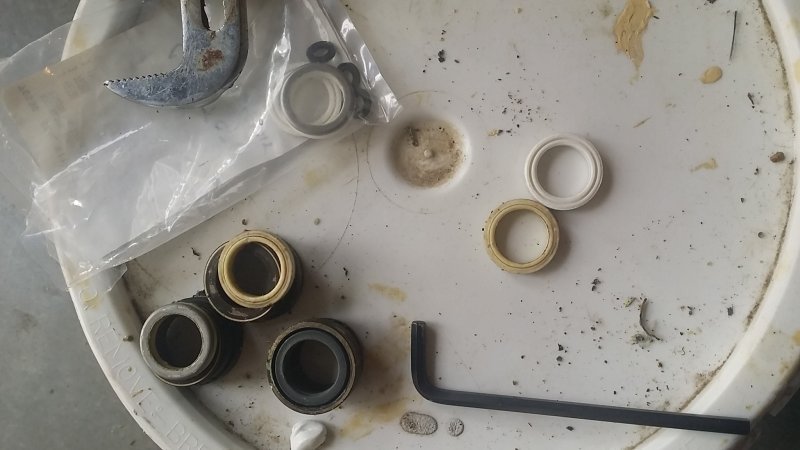Which is what is wierd in this situation.
As mikes machine as well as rims machine are newer aerotechs that have the pump Mounted to the floor in the box well below the fluid or water level in the fresh tank.
You will notice the cat pump right in front of blower on floor of truck.
Older trucks like mine have the pump mounted above the blower always above the water line by at least a foot or so and the pump has to pull one foot up and at least two feet across to get the water.
I had cavitation but only because of that
General pump fine inlet strainer connected to pump would suck a bit of air, once removed never have had cavitation again. Our tanks after a couple of hours will hover at 150-160 degrees preheated by motor while driving around.
I will pull one of my cat pumps apart to see if I had that type of wear going on.


 . The older style Cat pumps that
. The older style Cat pumps that 
